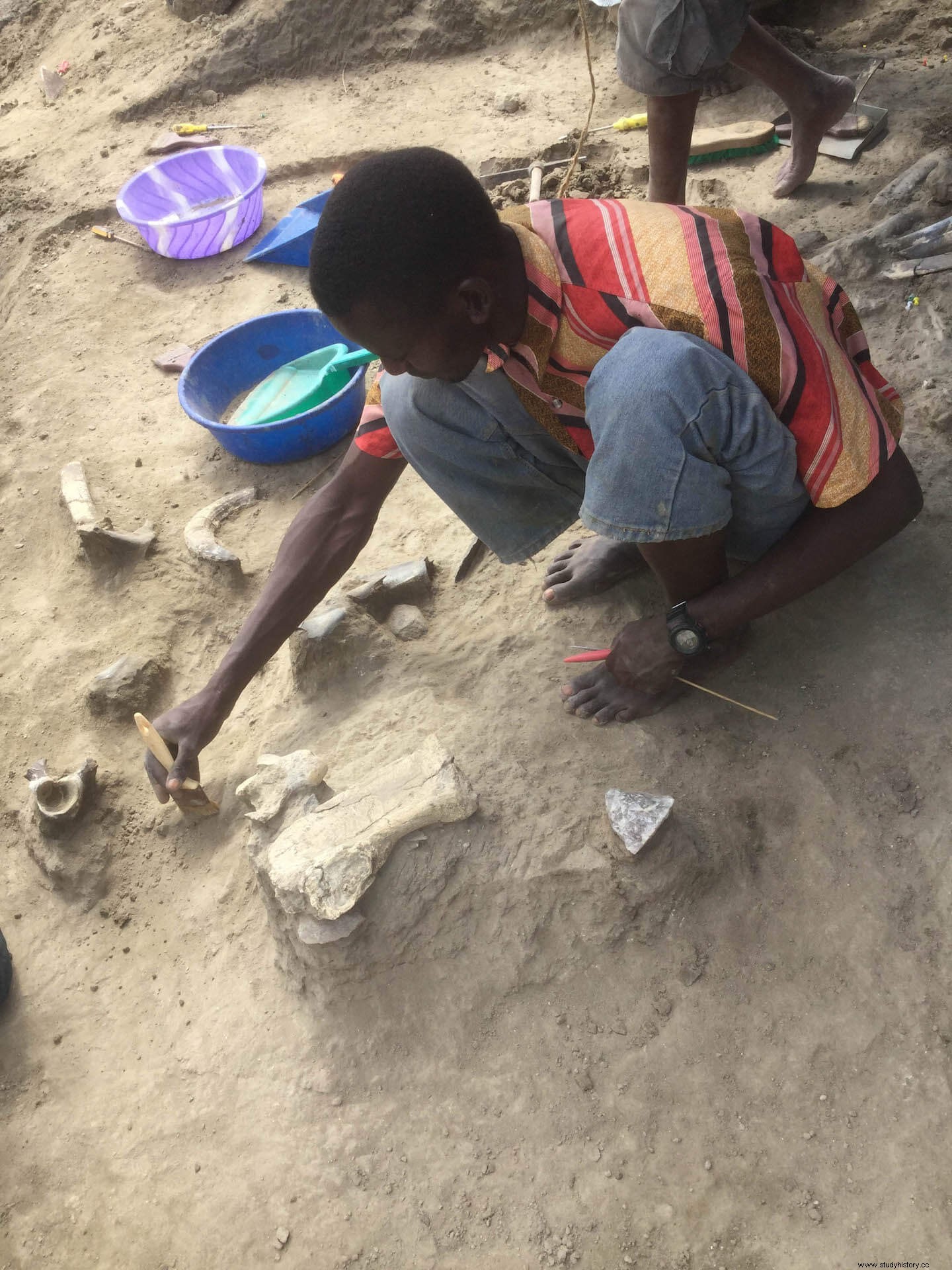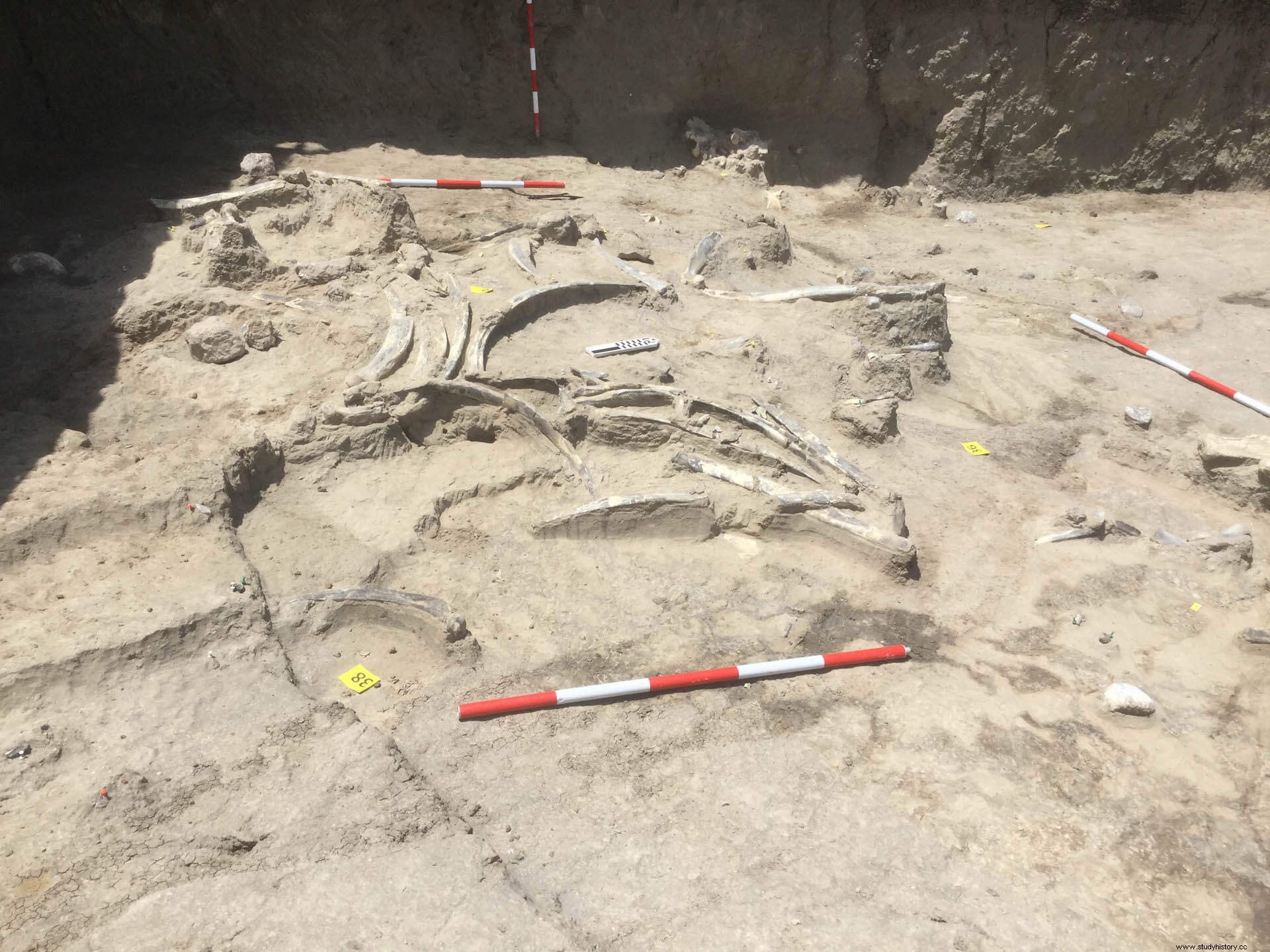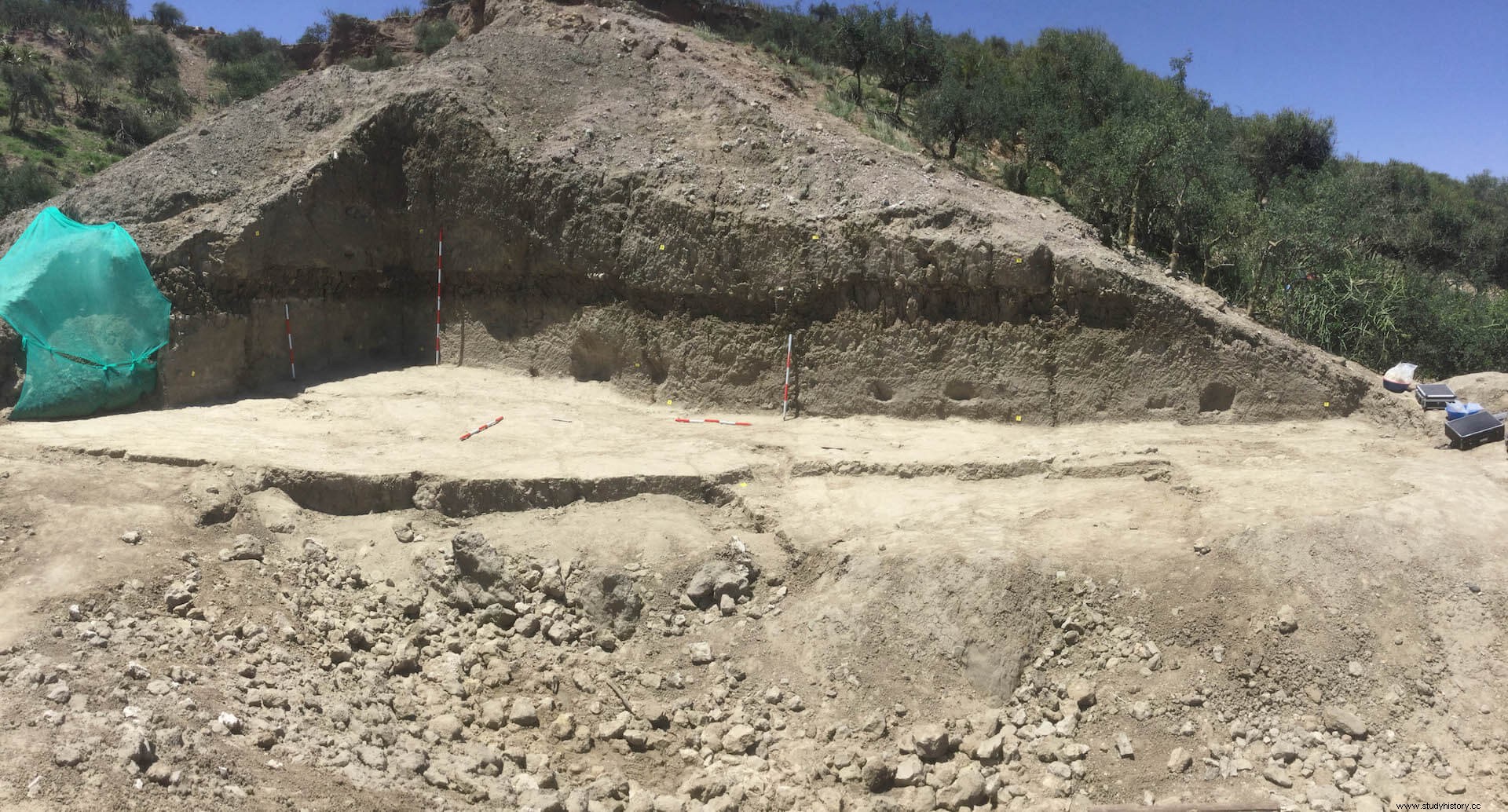Working there is not easy, as its geography and climate are very complex. Even so, the desire to know and the determination to advance in the knowledge of our history favors the carrying out of research projects such as the one promoted jointly by University College London (UCL) with Dr. Ignatius of the Tower and Professor Renata Peters; Indiana University, with Professor Jackson Njau; the National Research Center on Human Evolution (CENIEH) with Dr. Alfonso Benito , and the Autonomous University of Barcelona (UAB) with Dr. Raphael Mora .

The fieldwork they carry out, co-financed by the Palarq Foundation , focuses on the Frida Leakey Korongo (FLK) site, which Mary Leakey excavated many years ago. In this place, the dedication of the team has allowed the unearthing of numerous bone and stone remains associated with Homo erectus , despite the fact that, to date, no human remains have been found on this site. The chronology of these fossils would be around 1.5 million years, when the reigning technological culture was the Acheulean, characterized by the presence of large-format flakes (Large Cutting Tool , or TCL). They are tools of very different sizes, very rudimentary, with just a few retouched objects. To make these instruments, anvils or supports are used on which the raw material rests to modify it.

In Frida Leakey Korongo, along with these objects from Stone carcasses of large mammals have been documented that 1.5 million years ago lived in this setting, such as the elephant or the hippopotamus. The bones show fractures caused by hominins and signs of the emaciation of the muscular masses that formed part of the diet of our ancestors.
All this is achieved thanks to the application of various disciplines, such as Geology and Archaeology. The starting point is the excavations. In this way, and with great perseverance and dedication, archaeological objects have been recovered which are then documented in a three-dimensional space, in order to relate each piece to the geological layers where they have appeared. All this will allow us to know more reliably what the daily life of Homo erectus was like. and the stage that welcomed him.

Olduvai's pull causes them to move forward together different studies and in different locations. Thus, in addition to the aforementioned project, the Palarq Foundation supports the team led by professors Manuel Domínguez-Rodrigo and Enrique Baquedano. In turn, in Eritrea, the archaeologist Eudald Carbonell and the paleontologist Bienvenido Martínez-Navarro co-direct the project “Cradle of Humanity, Rif Valley ”, where tools and remains of fauna from 1.5 million years ago have also been obtained. The evolution of human settlement during the Quaternary is in turn where the commitment of the group that excavates in Jerada lies. (Morocco), with Dr. Robert Sala and Dr. Gema Chacón, both from IPHES (Catalan Institute of Human Paleoecology and Social Evolution).
All these investigations have a common denominator:to identify the evidence left by our ancestors on the continent where we were born, Africa. There are our origins and there began the technological revolution that has led us to the Internet age and will take us to new and exciting realities and cultures.
